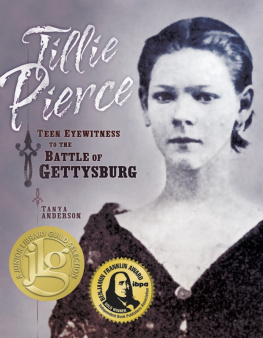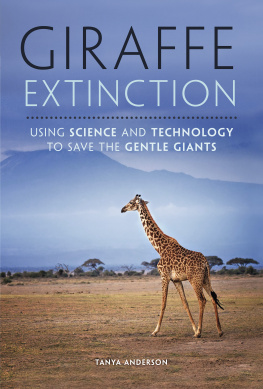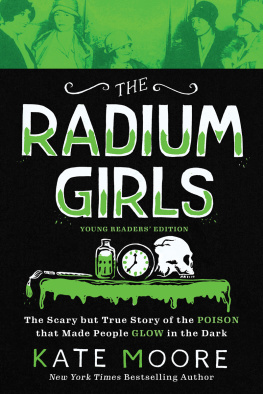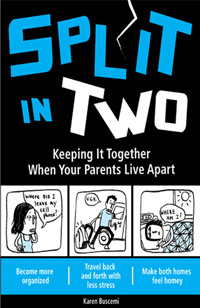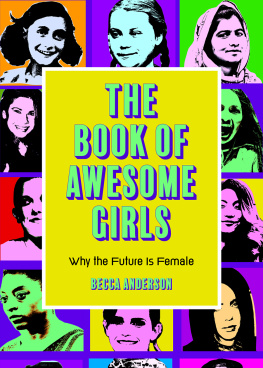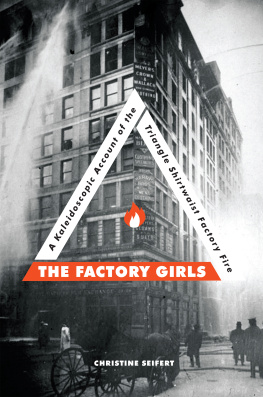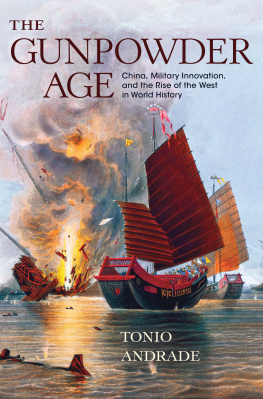All rights reserved. No part of this book may be reproduced or transmitted in any form or by any means, electronic or mechanical, including photocopying, recording, or by an information storage and retrieval system, without permission in writing from the Publisher.
Printed in the U.S.
This book was produced using Pressbooks.com.
To my mother, Pat Zimmers,
and to all of the women who work or have worked to make sure their children had food to eat, clothes to wear, and a roof over their heads.
Women and war. One brings life into the world and the other takes life away. Throughout history, women have been the healers, the supporters, and the strong foundations for families and friendships. They have championed causes that lift up those who have been pushed down by society and government. When they could not lead through power, women have led by example. In early American history, the familiar names of Ann Bradstreet, Abigail Adams, Dolley Madison, Sacajawea, and Lucretia Mott have not faded from our national story. Their lives remind us of the intelligence, strength, and sacrifices women have offered and the difference they have made in growing our country.
The mismatch of calico hoop skirts in rooms filled with gunpowder and bullets illustrates a time when old rules and roles had to change. The Civil War brought not only change, but also unexpected levels of suffering to soldiers and civilians alike. Mothers, wives, sisters, and daughters had to find a way to survive while their men were away fighting, because there was no man at home to earn a living. (Some, but not all, soldiers did send home money, but it was not enough and was often delayed for months.) Some families lost all of their sons in battle. Nearly 620,000 soldiers died, and another 500,000 were seriously injured, many disabled for life. This remains the highest number of military deaths our nation has ever experienced. The suffering did not end with the war.
But somewhere in all the information that has been written about the Civil Warits battles, its soldiers, and its causeswe find precious little about the other half of the American population: the women.
Women got involved in wartime work and moved from their old roles into new ones. They put their hearts and hands to work to fill the gaps left when their men enlisted. While some hands knitted socks and gloves (or mittens, as the pacifist Quaker women didto eliminate a trigger finger), other womens hands held onto the wooden handles of a horse-drawn plow. Hands that had never known a callus were chopping wood, planting seeds, and holding the reins of a horse. These hands may have been smaller than a mans, but they were just as able to work a farm as they were to comfort a sick child.
Immigrant girls brought what skills their hands could produce and used them to earn a living in the U.S. They worked long hours cleaning houses that were not theirs and making clothes they would never wear in order to earn just enough to support themselves and their families.
More than two dozen arsenals were in operation to supply both the Union and Confederate armies with guns and ammunition. By the middle of the first year of the war, these working-class women and girlssome of whom were mere childrenhad taken jobs in these arsenals. Their small, feminine hands touched materials they had never handled before, putting gunpowder and lead into small paper cartridges. They put their lives in the hands of the governments that employed them.
These three stories are theirs.
Catastrophe at the Allegheny Arsenal
Lawrenceville, Pennsylvania
September 17, 1862
My sister and I walked to work from our home at Penn Avenue and Seventeenth Street that morning as usual. It was payday. The morning passed quickly. We did not stop for lunch at 12 oclock on account of the rush. []
At 2 oclock another girl and I were the only persons in Room 13. Suddenly there was a terrific roar; the earth seemed to split apart. The girl with me jumped through a window and I followed her, alighting on top of her in some grass behind the building. I lifted her to her feet and we started to run towards Butler Street. As we ran, there was a second explosion, and before we reached the street a third one.
Looking around we saw the building we had just left being torn to pieces. My sister escaped in some manner. She has never been able to tell just how. I was a nervous wreck for several weeks, and so terribly shocked that night that I had to be held in bed by force. 1
Mary McCandless McGraw, who was 13 years old when the Allegheny Arsenal explosion occurred.
1
All in a Days Work at the Arsenal
The summers heat and humidity lingered in the dawning hours of Wednesday, September 17, 1862. Dozens of women and girls of Lawrenceville, Pennsylvania, a suburb of Pittsburgh, tied on their bonnets, picked up their dinner bundles, and set out for another day of work at the nearby Allegheny Arsenal. (What people called dinner back then, we would call lunch today.) They looked forward to picking up their monthly pay during their midday break, but that was still six or seven hours away.
Some of the girls lived close to the arsenal, but not as close as the officers and the other men who worked there. The men lived in the barracks on 39th Street, a part of the arsenal complex, which stretched from the Allegheny River to the north to Penn Avenue on the south. Most of the female workers had a long trek each daytwenty blocks or moreleaving before dawn and returning home after dark, especially during the winter when hours of daylight are short.
As they encountered coworkers along the way, the girls made small talk, many with a strong Irish brogue or German accent, and also shared news about the most recent events of the war. Pennsylvanians had reason to pay attention. The Confederate Army wasnt far away. News of General Robert E. Lees invasion of the North had folks in Maryland and Pennsylvania seized with fear. Rumors of Rebel behaviorstealing property, destroying homes, attacking women and childrenmight have been exaggerated, but how was anyone to know for sure? Many of Pittsburghs women had no men at home, no men to protect them, and no men to provide a steady, adequate income.
Catherine Foley, a 37-year-old widow, had no one to count on except herself and her 20-year-old daughter Margaret. The two of them shared a home with an older woman named Ann McShafer, just down the street from the Allegheny Arsenal. Catherine was probably raised to believe in the ideal of the true woman, someone who was a good wife, mother, and homemaker. In both the North and South, a true woman knew her placeand it was at home. But Catherine lost the advantages of that kind of life when her husband died, sometime before 1860. For the first time, Catherine had to step outside her home into the world of work to earn her own money. She had few options for doing respectable work. Some of the ladies in the lower-income neighborhoods like Catherines worked as prostitutes, making enough money to earn a steady income. They also earned the shame-laden disapproval of other women.

